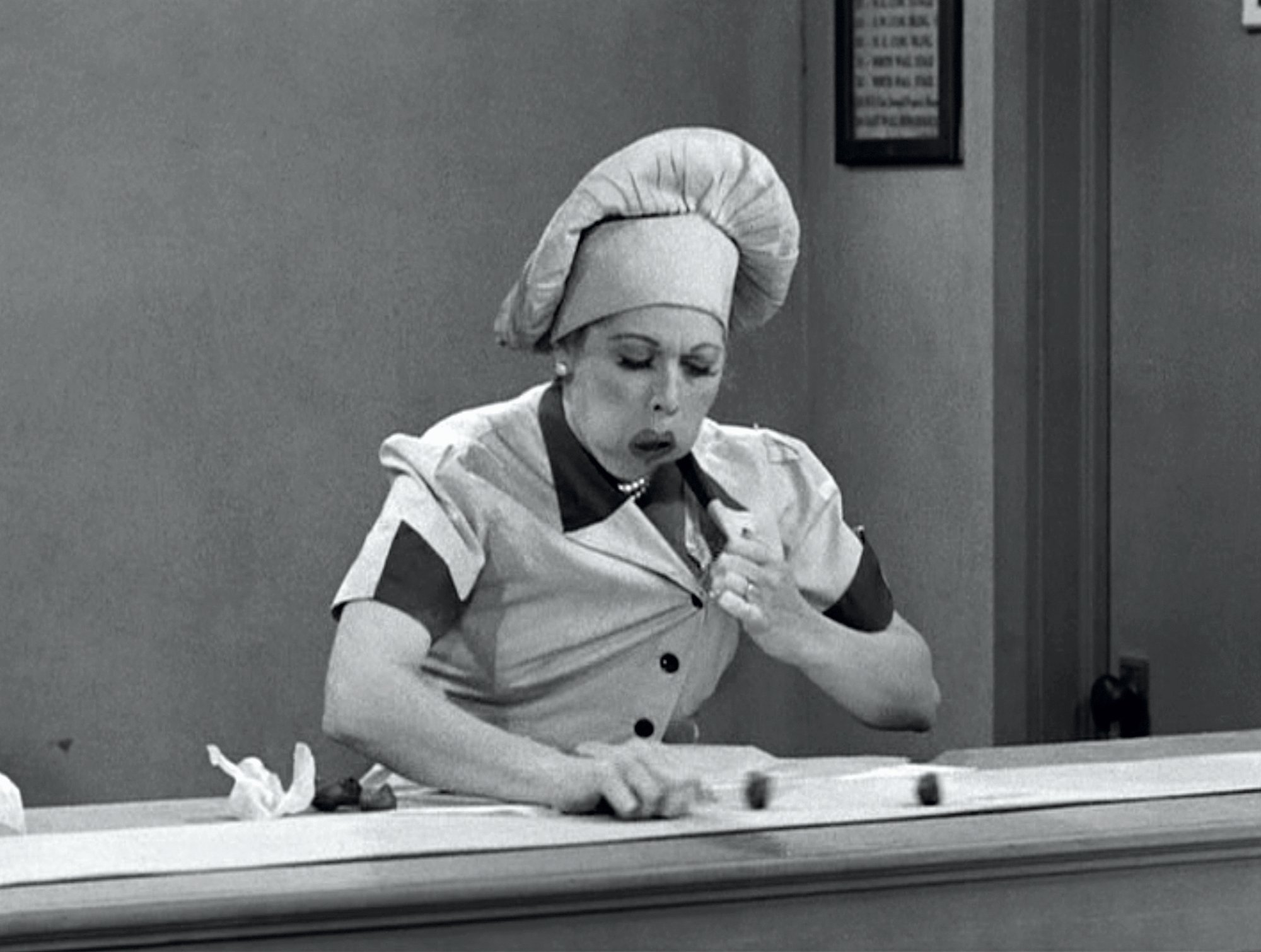‘I Love Lucy’: Lucille Ball and Desi Arnaz Made $5 Million From Reruns
In the age of digital streaming, with access to long-finished TV shows now available at the push of a button, it’s hard to imagine that reruns were once nearly unheard of. However, this was the case in the early days of television, when most shows aired live and generally weren’t immortalized on film.
This was the way television worked until the early 1950s when Lucille Ball and Desi Arnaz’s I Love Lucy changed the way television worked forever.
The birth of ‘I Love Lucy’

Lucille Ball and Desi Arnaz met while working on a musical together in 1940, but it wasn’t until nearly a decade of marriage later that they decided to do a show together. Until they pitched I Love Lucy, Arnaz had been touring with his band, and Ball had been starring in the radio show My Favorite Husband.
When CBS wanted to transition the radio show to TV, Ball decided she wanted the chance to work with her real husband and pitched Arnaz as her co-star for the new version of the show.
CBS was hesitant to cast a Cuban actor in a lead role, so Arnaz and Ball took it upon themselves to create their own production company, Desilu Productions, and created the pilot episode with their own money.
What followed was one of the most beloved and revered shows in American history. The antics of their characters, Lucy and Ricky Ricardo, along with their landlords/best friends Ethel and Fred Mertz (played by Vivian Vance and William Frawley), were the perfect recipe for a hilarious sitcom with iconic and unforgettable scenes.
How ‘I Love Lucy’ shifted TV filming from NYC to LA
During the 1950s, it was customary for shows to be broadcasted live from New York City, due to the majority of viewers living on the east coast. For syndication or reruns to be possible, kinescopes were used.
Kinescopes, essentially, were a recording of a screen as a show was broadcast live. The resulting recording had degraded quality that made them less than ideal. With this being the status quo of the day, it seemed unreasonable that Ball and Arnaz wanted to continue to live in Los Angeles and film the show from there.
That would mean a majority of the viewers on the east coast would have to watch these fuzzy filmed kinescope versions of the show.
To solve this issue, Ball and Arnaz proposed filming the shows just as movies were done, which was far more costly than broadcasting live. As with the pilot episode, Ball and Arnaz were ready to sacrifice their own money for the good of the show and for their long-term goals, and cut their weekly salary by $1000 to offset the added cost.
Once filming TV shows became common practice and time zones were no longer an issue, it paved the way for more shows to film in LA as opposed to NYC.
Lucille Ball and Desi Arnaz pioneered syndication
Ball and Arnaz didn’t simply cut their joint salary for the ability to stay in Los Angeles. As part of the deal, they made sure that Desilu Productions held the rights to all the episodes of I Love Lucy.
What this meant was that when it came time for reruns, and later syndications, they retained the ability to make themselves a healthy profit, as did other shows that followed this model later. The ability to air reruns also gave Ball the time off she needed when the couple’s second child, Desi Arnaz Jr. was born.
During this time, Desilu expanded, producing many other hit shows. To grow even more, and to buy more studio space to do so, they made a deal with CBS to get some quick cash for expansion in the mid-1950s: They sold the rights for the first 180 episodes for the cost of $5 million, per Entrepreneur.


